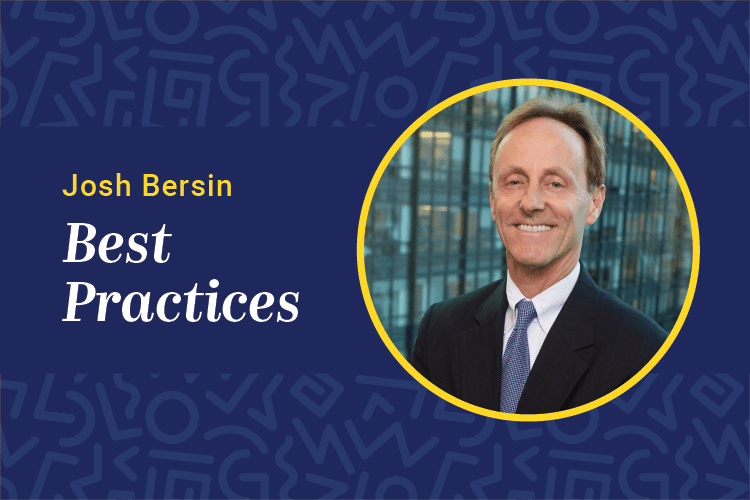Too often trends lead to a seesaw effect. As one technology, methodology or philosophy becomes hot, the market rushes to adopt it. And in this rush to embrace the latest new “thing,” people leave behind many of the tried-and-true processes, applications and ways of thinking that led to past successes. In the end, it’s often the balance between old and new that leads to greatest advantage.
I’ve recently seen an upswing in interest in competency-based learning, a top-down approach to learning and development that focuses on identifying the key competencies required by a business or a specific job, assessing levels of mastery and then prescribing learning to address any skill gaps.
Competency-based learning is not new. In fact, many HR professionals were trained to use this approach early in their careers. The competency management process takes time and demands ongoing executive commitment, investments in professional resources and continual update and change management. When the business is stressed or in periods of rapid change, these long-term projects lose priority.
However, I’m now seeing a re-emergence of competency-based learning. As organizations face dramatic demographic shifts, they are recognizing the importance of categorizing critical skills, assessing skills of remaining employees to prepare them for new responsibilities, and determining the skills required for major hiring initiatives. Federal agencies, such as the Department of Transportation and Defense Logistics Agency, expect to lose upward of 30 percent of their workforces in the next 10 years. Both agencies have implemented high-priority programs to categorize employees by skill levels in critical areas, identify retirement risk areas and identify geographies and job categories with critical gaps.
Electric utilities face significant talent drains because of pending retirements. The Tennessee Valley Authority (TVA) has been categorizing jobs and individuals by skill level for years. Other organizations such as Pitney Bowes foresee rapid changes in their business, which force them to categorize skills of critical positions so they can be quickly filled from available talent pools.
However, competency-based training is not the exclusive solution. The vast majority of organizations still use a problem-based approach. Problem-based learning uses performance consulting, tightly aligned with business units, to diagnose urgent business problems, identify the skills gaps causing these problems and develop programs to solve them.
Examples of problem-based learning strategies are plentiful. Microsoft’s solution-selling program helped sales representatives sell enterprise solutions and incorporated an initiative-based solution that focused primarily on increasing sales to top enterprises. When Adobe launched its newest set of enterprise publishing products, the sales training initiative focused on learning that increased knowledge, positioning skills and competitive differentiation to drive sales.
High-impact learning organizations combine both approaches in their learning initiatives. While an organization works on a divisional or business-unit competency model, it simultaneously develops problem-based programs to meet current needs. For example, Earthlink’s call center training is designed to solve today’s problems as well as align with an evolving competency model for multiple call-center roles. Employees must go through rigorous learning programs, designed to support the company’s call-handling standards and resolve the most typical customer problems, before they can take actual calls. Employee assessments demonstrate proof of mastery and ensure that outsourced vendors are accountable.
Today, such a combined approach is more feasible than ever before. An enterprise LMS with tools for skills and competency modules and assessments and an integrated performance management tool make competency-based learning much more practical.
All organizations should consider incorporating the competency-based approach. Without such a model, learning programs can become fragmented and difficult to justify over the long term, meaningful planning can be difficult, and addressing looming workforce crises can be downright impossible. Start small and build success from there.
Josh Bersin is the principal and founder of Bersin & Associates, and has more than 25 years of experience in corporate solutions, training and e-learning. He can be reached at jbersin@clomedia.com.











